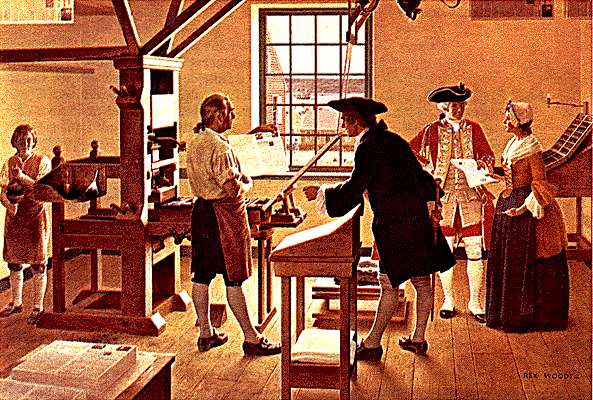For this assignment, I was asked to find and analyse three online news story. I chose this particular one from The Globe And Mail that uses the opening of a new art gallery in Vancouver to talk about the life, death and legacy of one of New York's most influential artist of today:
The first sentence is not that important to you unless you know who Tobias Wong was. However, the paragraph that fallows is more exciting to look at. It "talks him up" and makes him seem to have a god-like superiority in the realm of modern-day artists.
As you read on, you are given the most important pieces of information you need to remember after shutting down and walking away from your computer:- He died prematurely and at such a young age.
- He was an inspirational and highly effective conceptual artist.
Next, the article gives us the Five W's of their news story.
When: This is a current news story. He died at the age of 35, two years ago.
Why: the article helps make the case that Wong is among the most influential designers of his time.
Where: his art is on display in Vancouver, he worked in New York city.
What: answers what he was know for: created works that scrutinized and poked fun at North American consumer culture, what he had done to the art scene.
Who: Tobias Wong, the people who knew him personally, Andy Warhol (where he got his inspiration.)
There are many quotes in this news story. One example comes from Viviane Grosselin, who talks about just how unique and vast his art style was:
“I think that’s a sign when people can’t put you in a box because your work can’t be easily defined, because you’re defining new terms, new boundaries. And I think that’s [part] of the evidence that his work and his career are exceptional and remarkable.” -Viviane Gosselin, co-curator of the exhibition and the MOV’s curator of contemporary issuesThe ending is very moving. It suggests that you should not be saddened by the loss of this great artist, or by the loss of the works of art that could have been produced in the years he had left, but that you should be made happy by the art and legacy that he has left behind before his dying breath. His work will continue to inspire a generation.
__________
*Here is a link to the article, just in case you were interested in reading it yourself: [link]



